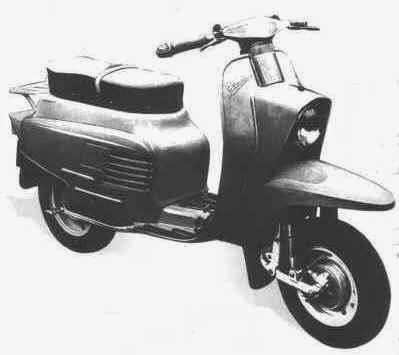Rumours started surfacing in 2013 about a Vespa GTS 350, with some rumours even going so far to consider a change from the GTS to either GTR 350 Rally or even GTX 350. But where did all this start? In the scooter world, Vespa fans fall into two groups, the nostalgic groups who are mad for the original geared Vespas of pre 1984 models and the more modern group of the automatic Vespas. It is this last group that are looking for a better, faster, and yet still reliable Vespa to compete against the onslaught of the Maxi Scooters.
Piaggio,
the manufacturers of the Vespa already have bigger, more powerful scooter
engines, in the sizes of 400, 500, and 850cc in their other brands such as the
Aprilia, Derbi, Gilera, Scarabeo, and Piaggio scooters, so why not the Vespa.
In the past these larger cc engines were too big for the Vespa frame even when
they made the frame bigger in the natural evolution of the Vespa from the smaller ET4 to the larger GTS300. But late in 2012 a 350cc engine appeared in the Piaggio Beverly
BV350 which is only 6mm longer than the current 300cc in the Vespas.
The reviews of the Piaggio Beverly BV350 in the last two
years have all been very positive, so why has Paolo Nesti, Vice President
Engine Development and Calculations at Piaggio in Italy denied all the rumours
of a Vespa 350. Could there be something wrong with the 350cc motor, as I am
yet to find any bad reviews. The BV350 is reported to pack the power of a 400cc
into a smaller package, enough to fit into the current Vespa GTS frame. The ABS
and ASR anti-lock braking and anti-skid control of the BV350 are now being
incorporated into the latest Vespas coming off the production line. Other than
the extra power, the BV350 comes with a newer multi-plate wet clutch which is promising
to be more efficient than the current Vespa centrifugal clutches.
Will we see Piaggio bring out the Vespa 350 in 2015?


































